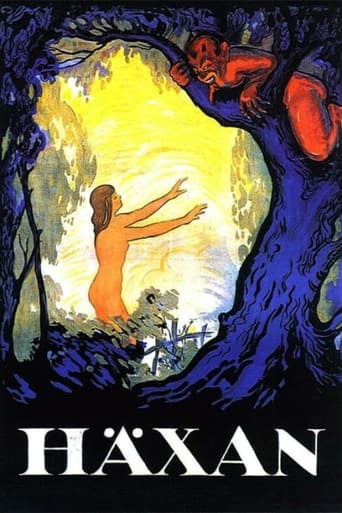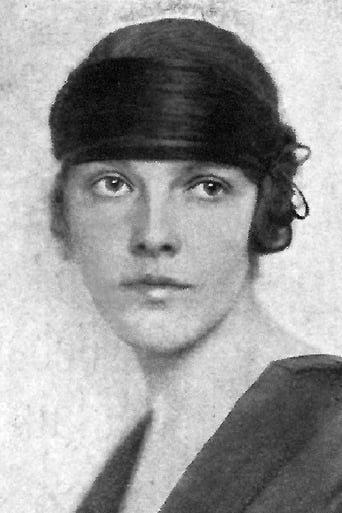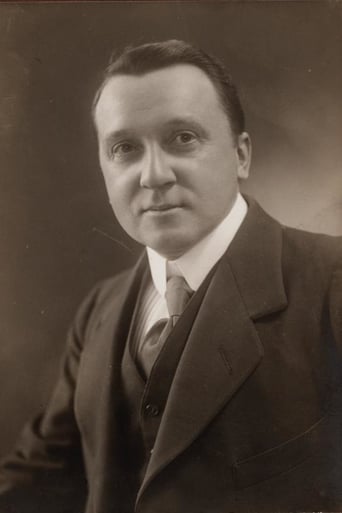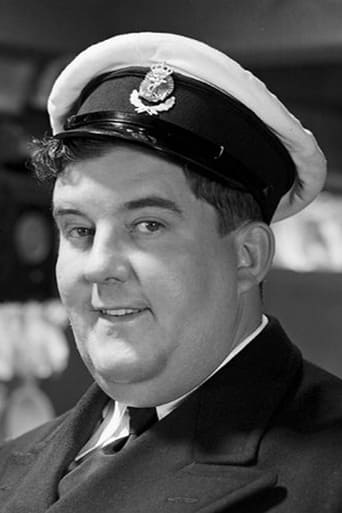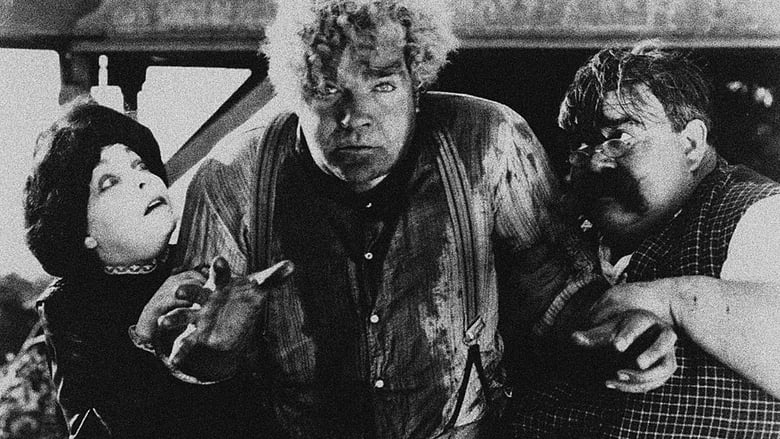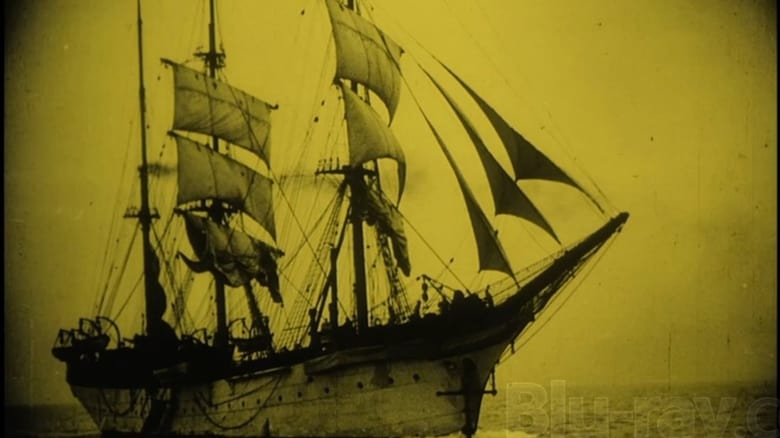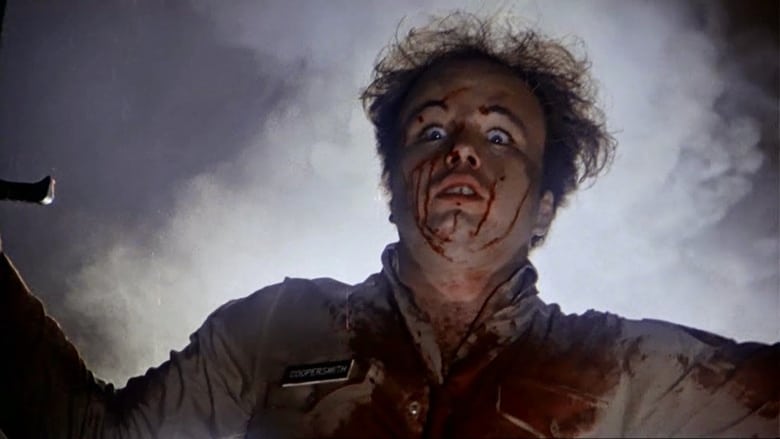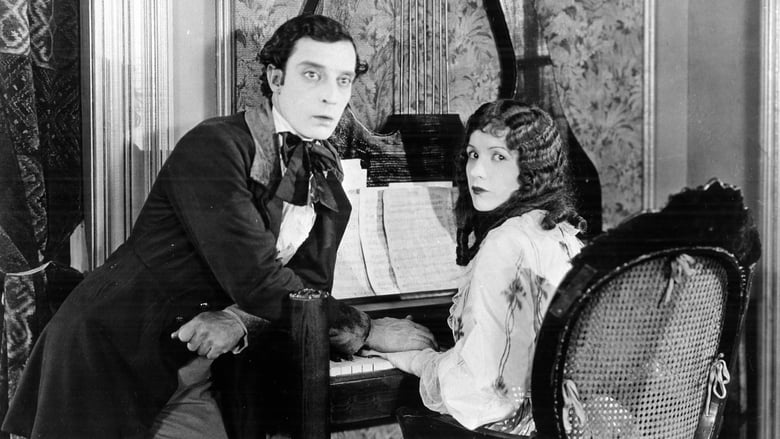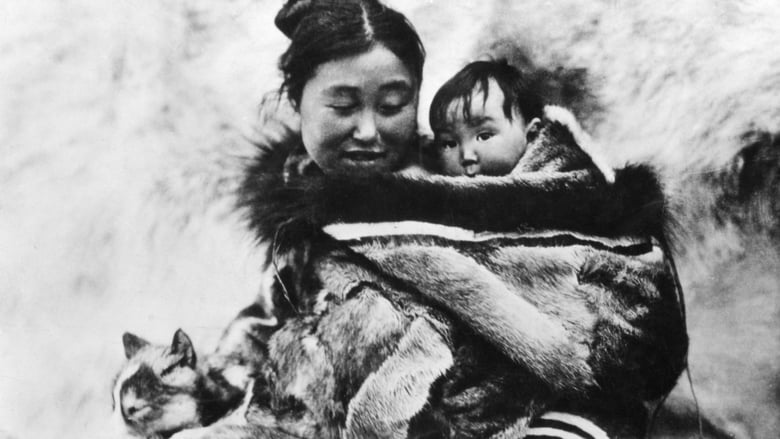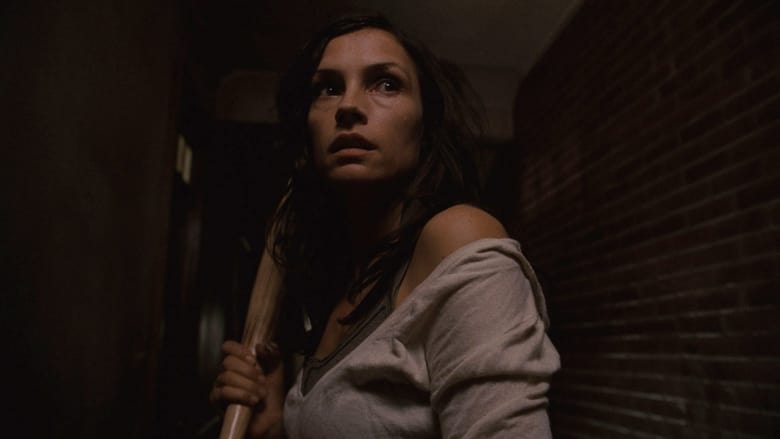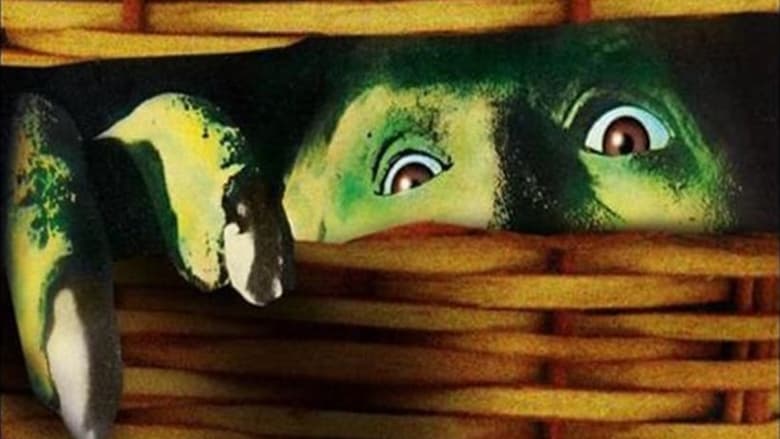Grave robbing, torture, possessed nuns, and a satanic Sabbath: Benjamin Christensen's legendary film uses a series of dramatic vignettes to explore the scientific hypothesis that the witches of the Middle Ages suffered the same hysteria as turn-of-the-century psychiatric patients. But the film itself is far from serious-- instead it's a witches' brew of the scary, gross, and darkly humorous.


Similar titles
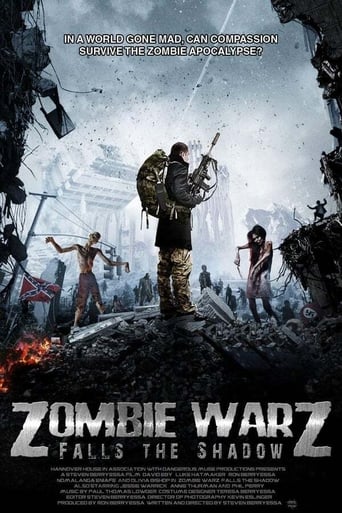
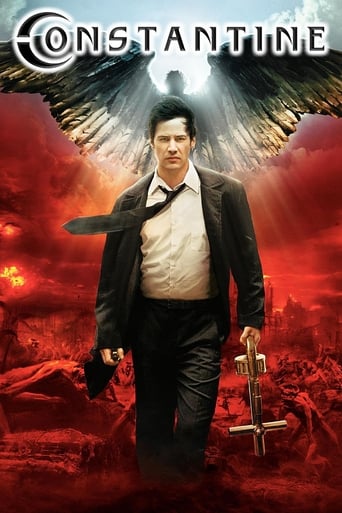
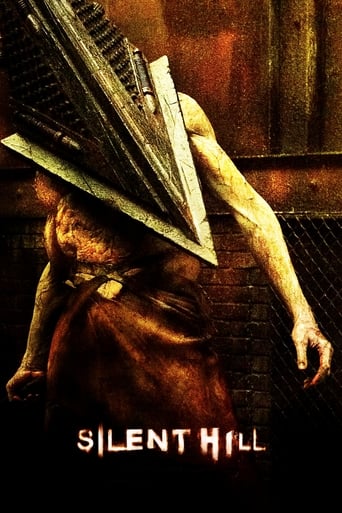
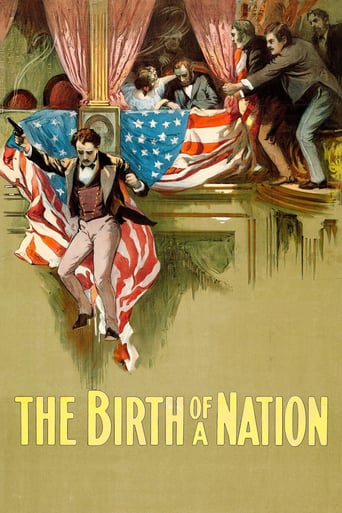
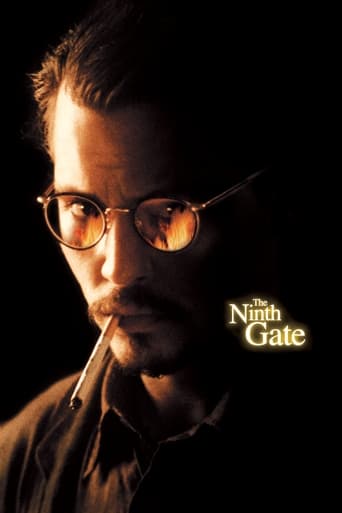
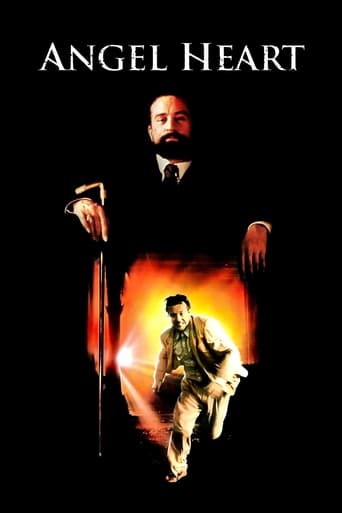
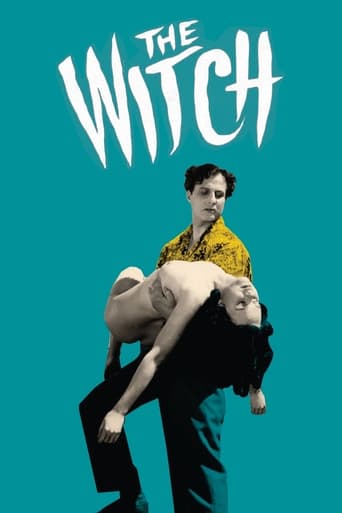

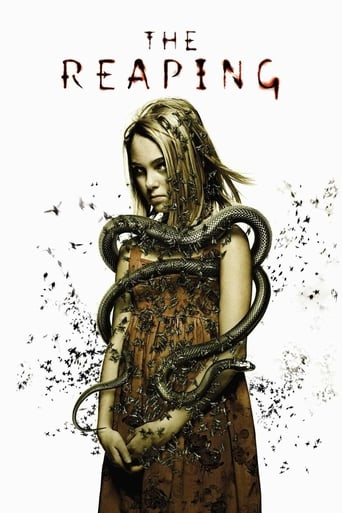
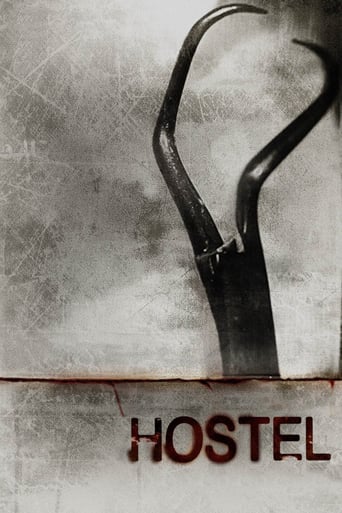
Reviews
This truly singular and fascinating quasi-documentary centers on the harsh persecution of women who were found guilty of committing sacrilegious acts and worshipping Satan back in the Middle Ages. Writer/director Benjamin Christensen gives the absorbingly dark and macabre premise an extra potent sting by ingeniously grounding it in a thoroughly plausible and persuasive factual historical context. Moreover, by presenting the persecuted elderly and/or hysterical women as unfortunate wretches who have been cast aside by society he manages to make said women pitiable figures instead of hateful grotesqueries. Christensen's astute pointing out of modern society's treatment of the mentally ill being similar to the past's vicious punishment of witches and heretics articulates a chilling statement that our more knowledgeable contemporary world isn't much of an improvement over the previous more benighted one. In addition, the artful use of beautiful paintings and brooding classical music along with the vivid reenactments of various blasphemous rituals -- one black mass held in the woods climaxes with the participants literally kissing the devil's behind! -- and the church's savage condemnation of those perceived as sinners merge together to create a damning indictment on mankind's shocking capacity for extreme cruelty. Essential viewing.
When I first watched this I was so pleasantly surprised, because I had just never taken to the silent film medium before let alone genuinely loved one, I found them tedious and frankly didn't have the viewing patience required. But with this, well from the opening images of the intricate paintings of hell and demons and souls I was near-instantly hooked by the visuals of this strange production, the well thought out imagery that charted the myths and folklore of witchcraft and devil worship from ancient Egypt through the middle ages to the very real and true horror of the Inquisition was so endlessly absorbing and fascinating to me. The dreamlike sequences were so exactly what I always imagined when I thought of old Gothic fairy tale tomes and legends sprung to life that it was uncanny. It was so rich and darkly enchanting to me in its scratchy faded old decrepitude, the gnarled old witches in their filthy dank hovel giving the potion of the vilest ingredients to the woman so that she could gain the fat pig priest's attentions, and the obscene tongue lashing maniacal devil having worshippers lining up to kiss his backside and the people in creative monster costumes as well as being completely nude, dancing around in a fiery black mass. Pretty groundbreaking stuff indeed for 1922! There's such a kind of low key weird exuberance about it, and for me how it looked had a real stark, etched, weather-beaten beauty to it, it's beautifully hideous, if that makes sense! I do enjoy it as visual and thematic entertainment rather than anything that's playing at being an educational piece, and that whole side of it. If I were attempting to watch it as a kind of documentary I would have found it a real chore to sit through. For me it worked for the best when it was heaping on the bizarre special effects amid the chaotic randomness that was the otherworldly shifting scenarios that made up the narrative structure. But for how much of a messy hodgepodge of a viewing experience this 'movie' is, it consistently held my interest and I never found it growing too boring or slow. And to say it was made before my late sweet grandma was even born, it really wasn't all that stuffy and didn't take itself too seriously, it had a lot of sly mean-spirited humour about itself and the hellish and sombre subject matter. I like the special effects, for what they were they're still surprisingly decent and hold up well, such as the animated imp that crawls through the hole in the door or when the old woman is tormented by a small fortune in gold coins that scatter and leap out of her path each time she reaches down to gather them up! It's mostly like a dusky nightmare merry-go-round of freakish imagery and characters that is in fact more like something conjured up by Satan than a picture made by any mere human director! It's quite unique, among films from this or any era by my reckoning. So yes I was pleasantly Haxed, ideal spooky eye candy and a surreal and eerie atmosphere that was pitch perfect won out, and Haxan is one of a kind, nothing else quite like this one. I got quite an education!
If there is one thing I come away with in this film it is this quote near the beginning - "The belief in sorcery and witchcraft is a result of naive notions about the mystery of the universe." The film is presented documentary style with the first portion being about the beliefs of the ancients in regard to sorcery, just so nobody believes that all of this came completely from the Roman Catholic church. It is interesting that there are such commonalities among the ancients and those of the middle ages. They had similar physical forms for demons and believed that sorcerers made people ill or were responsible for certain catastrophes. They never say so, but I imagine this was one way to keep people in line politically speaking. If the townspeople blame sorcerers for their dying cattle or a huge fire they are less likely to revolt against the authorities. Remember the Catholic church and the kings of the Middle Ages were in close alliance.The dramatic portion is about the last two thirds of the film in which the inquisition of the Roman Catholic Church in the middle ages is shown along with instruments of torture indicating that it would be easy to get someone to confess anything given such devices. It was much like the House Un American Activities Committee of the early 1950's. If you were called a Communist the only way to clear yourself was to name a bunch of other people as Communists. Likewise, witches under torture were forced to name a bunch of other people as witches, they were tortured, and so on. The traveling monks who did this work would thus leave a town after burning half the women to the stake and be able to say "Wow! It's a good thing we showed up! Look how many witches you had and never even knew it!" The film jumps to the present and says that modern science has shown that many of the symptoms of witchcraft - such as lack of sensitivity to pain - have been found to be the result of hysteria and thus has a psychological component, not a demonic one. Funny though how Christensen makes all of these hysterical people out to be women, in particular women who have lost somebody from WWI and turned to shoplifting or some other antisocial or compulsive behavior because they can't fathom going through life without the person they lost. I cut Christensen some slack on this because this film was made almost 100 years ago, plus he does show that it is women who still suffer now (in 1922) from intolerance - locked away in asylums - rather than burned at the stake as they were in the middle ages. And he encourages charity to the poor and misunderstood.The only thing I'm not sure about is the veracity of the film when it comes to the creative methods of torture. I've heard some people say that many of these devices came from a museum that simply made some of the devices up to increase sensationalism, and thus attendance and ticket sales. Still it's a fascinating piece of film work and I'd recommend it. Just realize that it is creepy enough you might not want to watch it late at night when you are alone.
'Häxan', often going under the translated title, 'Witchcraft through the Ages' is a gloriously bizarre film from the early days of cinema which documents the history of witch-cults in the Middle Ages and the church-led inquisitions that hunted them. What's more, the film scandalised audiences at the time with its virulently anti-Church stance and overt suggestion that the superstition which led to the persecution of witches is alive and well today but just in a more respectable guise.The film begins soberly enough with a pseudo-scholarly presentation introducing a variety of paintings and medieval wood-cuts of the Devil presiding over Black Sabbaths and the like, where witches were believed to gather and worship their infernal master. Before long, we are introduced to glutinous and repulsive men of the cloth who, in the dramatised sequences, persecute and torture women accused of witchcraft which they justify with their contorted religious ideology. However, while it is certainly a tragic tale which is being told, these lascivious and diabolic confessions provide the highlights of the movie as Christensen is able to bring them to life using a range of camera effects to produce a stunning and delirious phantasmagoria brimming with the kind of demonic imagery favoured by the likes of Church-sponsored artists like Hieronymous Bosch. Indeed, the film holds nothing back both in its depiction of the Devil ravishing women in their beds, witches kissing the Devil's backside, trampling on the cross, and wild perverse revelries where unchristened children are feasted upon. Furthermore, the accusing finger the film points at the monks who, guilt-racked and hypocritical, perpetrated such horrors on innocent women is unrelenting and rightfully indignant.At the end of the film it suggests that the (then) modern-day phenomenon of hysteria (from the Greek for "womb" and commonly attributed to women's wombs becoming dislocated and floating round the body) is an updated version of medieval witches. Although far from an expert, I think this carries some weight as hysteria has been attributed to social pressures put on women to repress themselves and their sexuality something which was certainly abundant in the Middle Ages. We should also remember that, although hysteria as a phenomenon is all but extinct these days, it was common throughout the Victorian era and well into the 20th Century (and gave Freud a career) and the parallel the conclusion makes must have been a strange and unsettling one.Perhaps it is this depth of insight that has led to the film being re-released in the 1940s and again (in an abridged version) in the 1960s. However, the latter version has the inter-titles read by countercultural guru William Burroughs and is scored with a Jazz soundtrack. Although, I haven't seen it, I am reliably informed that it should be avoided. If it ain't broke In conclusion, the film is unique in its ambitions, its content, and its style and is a testament to the skill, ingenuity, and integrity of Christensen himself. Unfortunately, a lot of Christensen's other films have been lost; however, "only" being known for a film with the stature of 'Häxan' is a cinematic fate far greater than many writers or directors will ever achieve.
